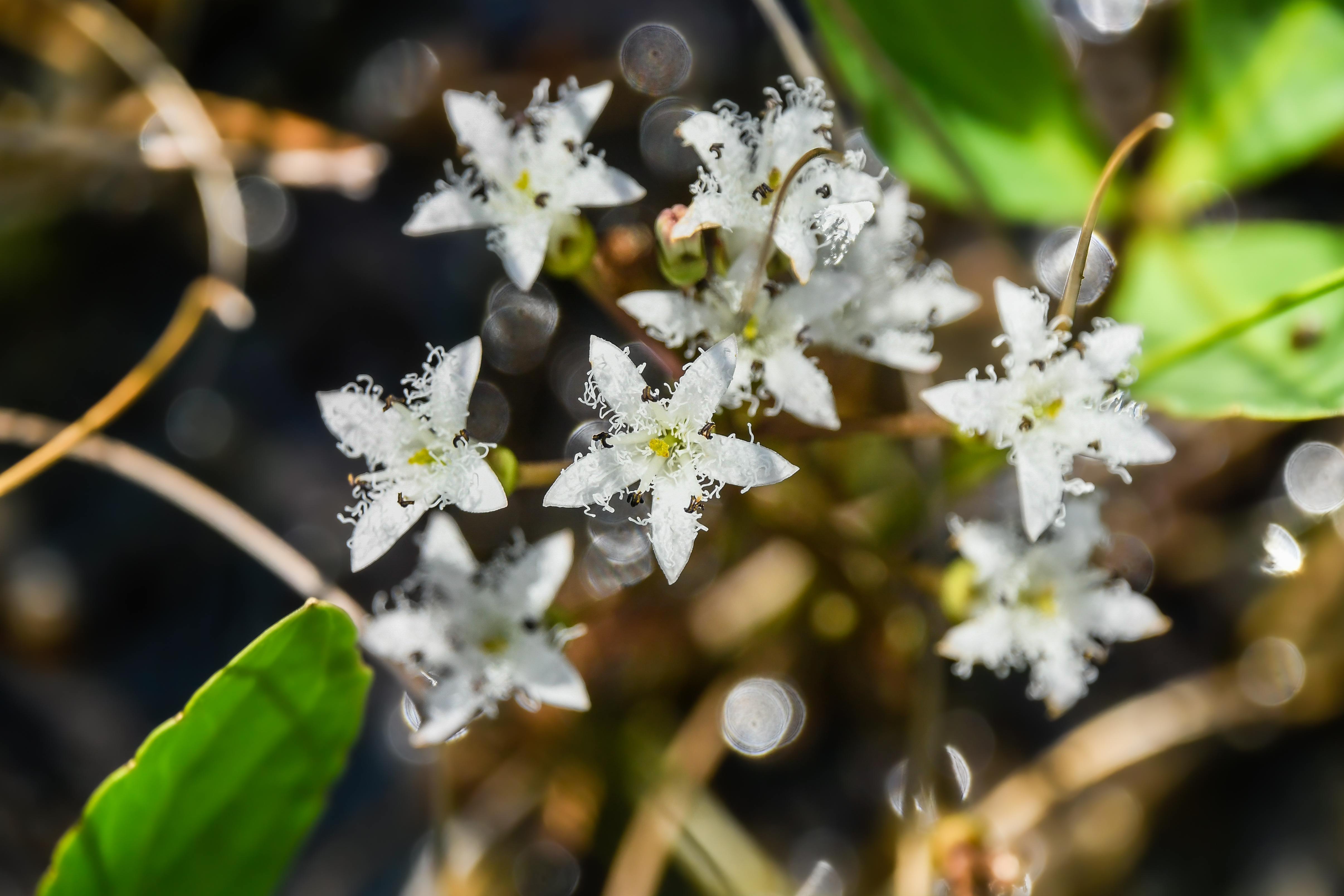The Flora and Fauna of the St. Pierre Wetland
Acknowledgements
A huge thank you to Stephen Brown (past president of the Shan-Gri-La Homeowners Association) for his continued support on this project!
A huge thank you to the Bass Ridge Homeowners Association for allowing us to park our cars and access the wetland!
And thank you to our other contributors:
Mike Kost- Associate Curator at Matthaei Botanical Gardens and Nichols Arboretum & Project Co-Advisor
Brendan O'Neill- SEAS Research Scientist and Lecturer, SEAS properties management assistant
Sucila Fernandes- SEAS Buildings and Facilities Manager
Jacqueline Courteau- Volunteer Consultant, NatureWrite LLC
Kate Laramie- Huron River Watershed Council
Rachel Muelle- The Stewardship Network






























